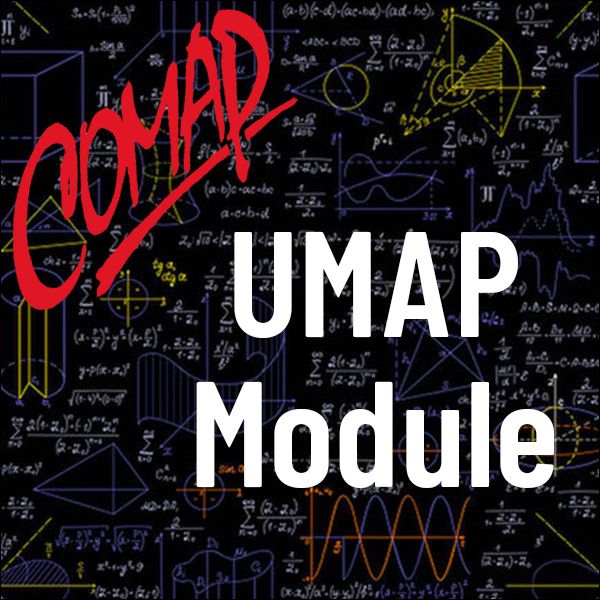Descriptive Models for Perception of Optical Illusions: Part I (UMAP)
Author: David A. Smith
In this unit, the historical background of the study of stable illusions of angle is sketched to show how a 19th century conecpt leads to formalization of a first order differential equation model for the apparent curves in such illusions. Some difficulties with the model are identified, and these lead to a refined formulation based on parametrization by arc length and polar coordinate transformations to solve the refined equations.
Table of Contents:
1. BACKGROUND OF THE PROBLEM
2. THE HOFFMAN MODEL
2.1 Vector Interpretation of the Bretano Hypothesis
2.2 Parametrization of Curves
2.3 The Differential Equation Model
2.4 Another Example: The Hering Illusion
2.5 Some Difficulties with the Hoffman Model
3. THE NORMALIZED MODEL
3.1 Removing Dependency on Position in the Plane
3.2 The Orbison Illusion
3.3 The Hering Illusion
3.4 Polar Coordinate Transformations
4. FURTHER EXERCISES
5. PREVIEW OF UNIT 535
6. ANSWERS TO EXERCISES
7. REFERENCES
APPENDIX A: SPECIAL ASSISTANCE SUPPLEMENT

Mathematics Topics:
Application Areas:
Prerequisites:
You must have a Full Membership to download this resource.
If you're already a member, login here.